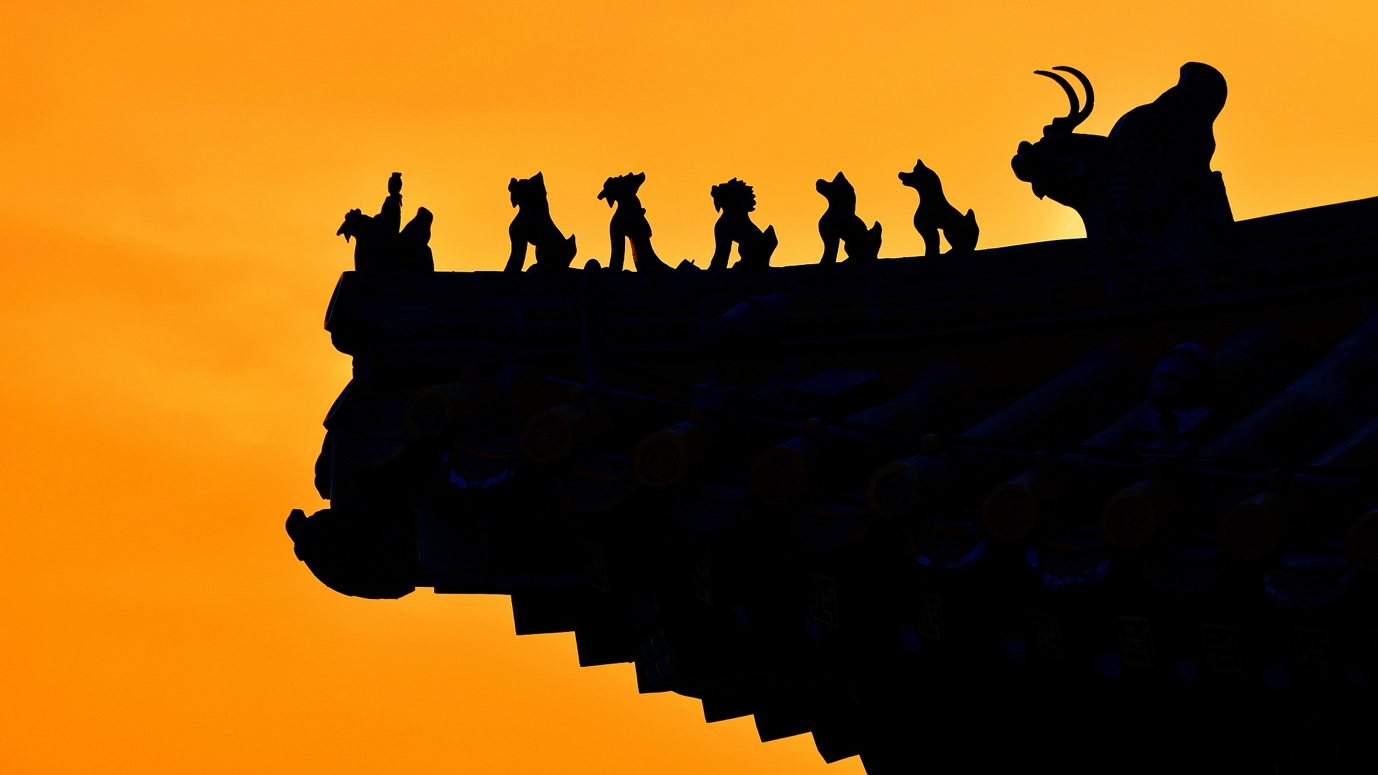
Chinese tradition presents a fascinating pageant of mythical creatures. /CFP
Chinese tradition presents a fascinating pageant of mythical creatures. /CFP
The Four Auspicious Beasts, also known as Si Ruishou or Siling, are the four divinities in Chinese mythology, symbolizing prosperity and longevity. This revered group of mythical creatures is said to have helped the primeval being Pangu, creator of the world, establish heaven (yang) and earth (yin). The Four Auspicious Beasts are also said to be the rulers of all the other animals. The first known mention of them dates from the Warring States Period (475 BC-221 BC).
Let's take a close look at each of these mythical creatures.
Qilin – the Chinese unicorn
During the Ming Dynasty (1368-1644), qilin was depicted with a dragon's head, the hooves of an ox and a body covered with scales. In the following Qing Dynasty (1644-1911), a carp's beard, the tail and mane of a lion and deer antlers were added.
In the word qilin, qi describes the male animal, while lin describes the female. Both components of the cosmological conception of yin and yang are united in this being. The Chinese unicorn is known as the master of all hairy animals due to its voluptuous lion's mane and tail and generally symbolizes happiness, peacefulness and blessings for children.
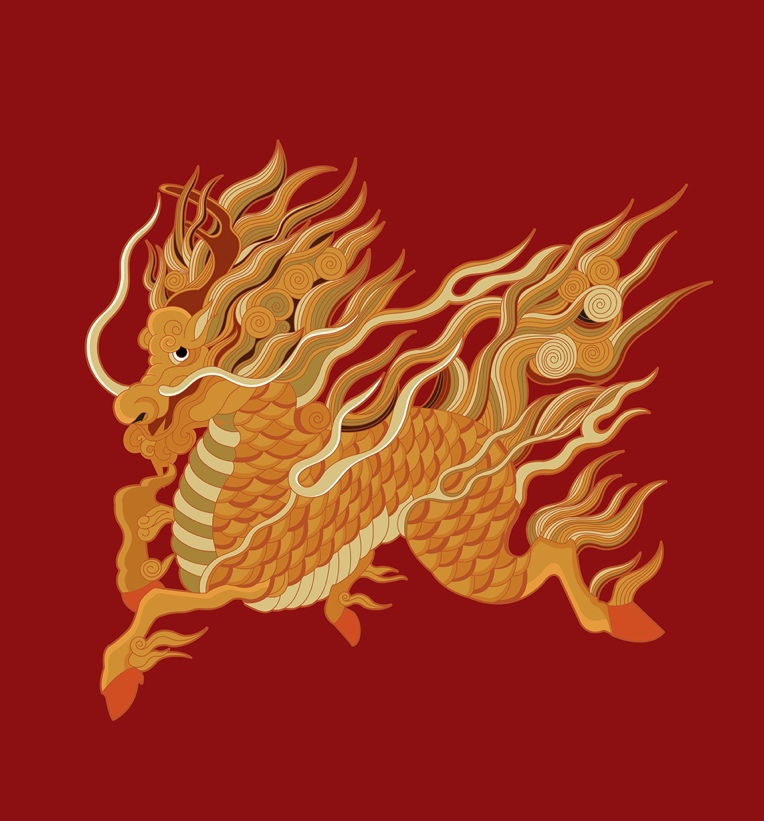
The qilin is known for its great wisdom, nobility, peacefulness and magical powers. /CFP
The qilin is known for its great wisdom, nobility, peacefulness and magical powers. /CFP
Long – the Chinese dragon
The first known motif of a dragon, long in Chinese, also dates back to the Warring States Period. The dragon is the most famous of China's mythical creatures and enjoys a particularly high status in Chinese culture. During the imperial era, a dragon with five claws symbolized the emperor, and designs bearing this mythical creature can be found on the robes and furniture associated with the emperor, as well as in and around the imperial palaces.
The dragon is generally considered a symbol of good luck in China and is said to bring rain and fertility. The Chinese dragon has no wings. According to legend, it spends 1,000 years in water until its horns start to grow, and it's thanks to the power of its horns that it's able to fly. With the head of a water buffalo, the mane of a lion, a body that resembles a snake and covered with the scales of a carp, the Chinese dragon is known as the master of all scaled animals.
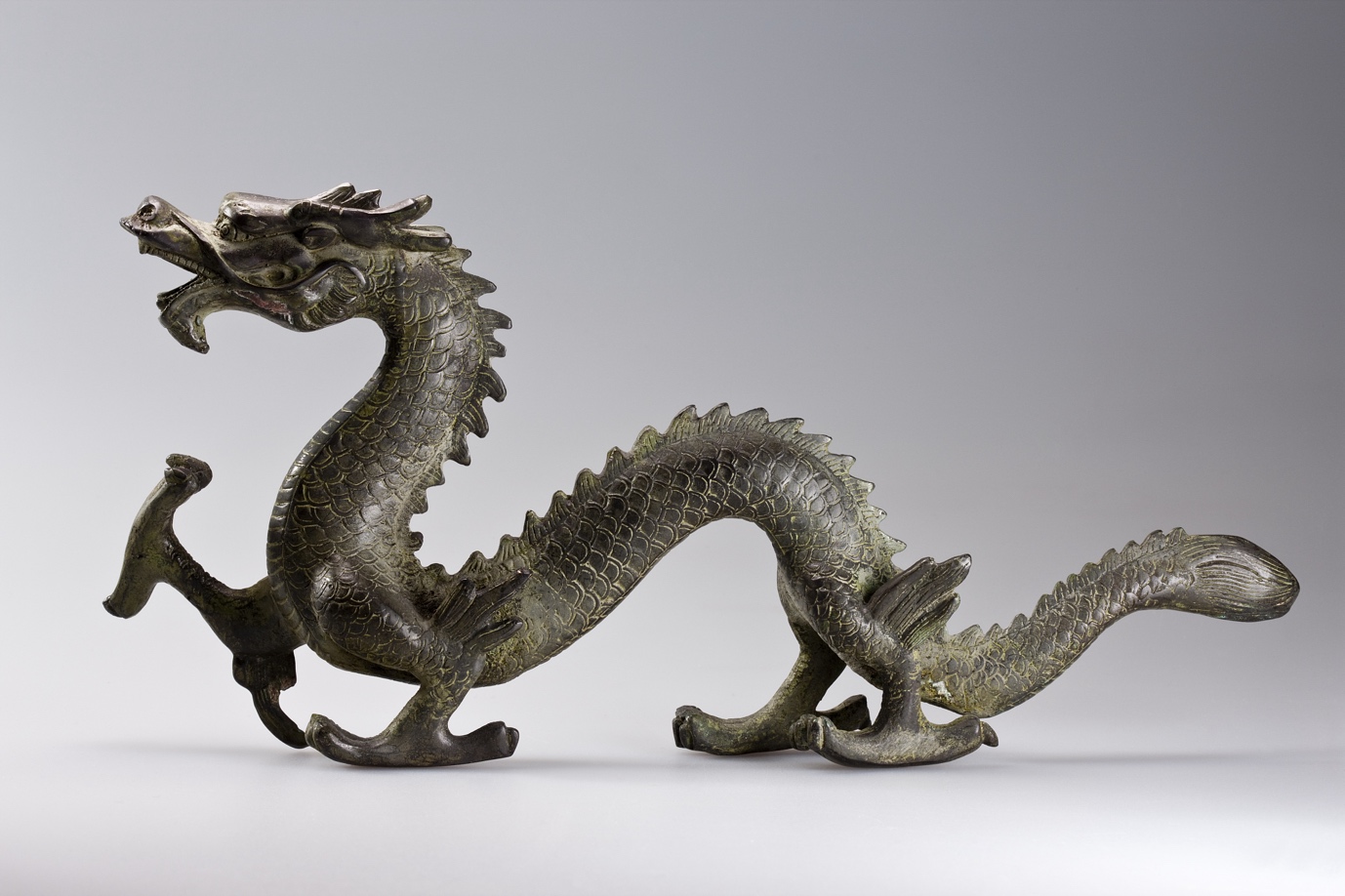
The Chinese dragon is a mythical creature of utmost importance in Chinese mythology and culture. It stands for imperial power, masculinity and good fortune and represents the Chinese emperor. /CFP
The Chinese dragon is a mythical creature of utmost importance in Chinese mythology and culture. It stands for imperial power, masculinity and good fortune and represents the Chinese emperor. /CFP
Bixi – the Chinese dragon turtle
The dragon turtle is known as the master of armored animals. It stands for long life and immortality, which is why even today, graves in China may bear carvings and designs of dragon turtles. The Chinese dragon turtle is a highly symbolic animal and is often found in Chinese art. It's said to hold all the secrets of heaven and earth. The curvature of the dragon turtle's shell is compared to the sky, while its breastplate resembles the flat disk of the earth.
As the hero of numerous legends, it's said that the Chinese dragon turtle helped the first emperor, Qin Shihuang, to tame the strong currents of the Yellow River.
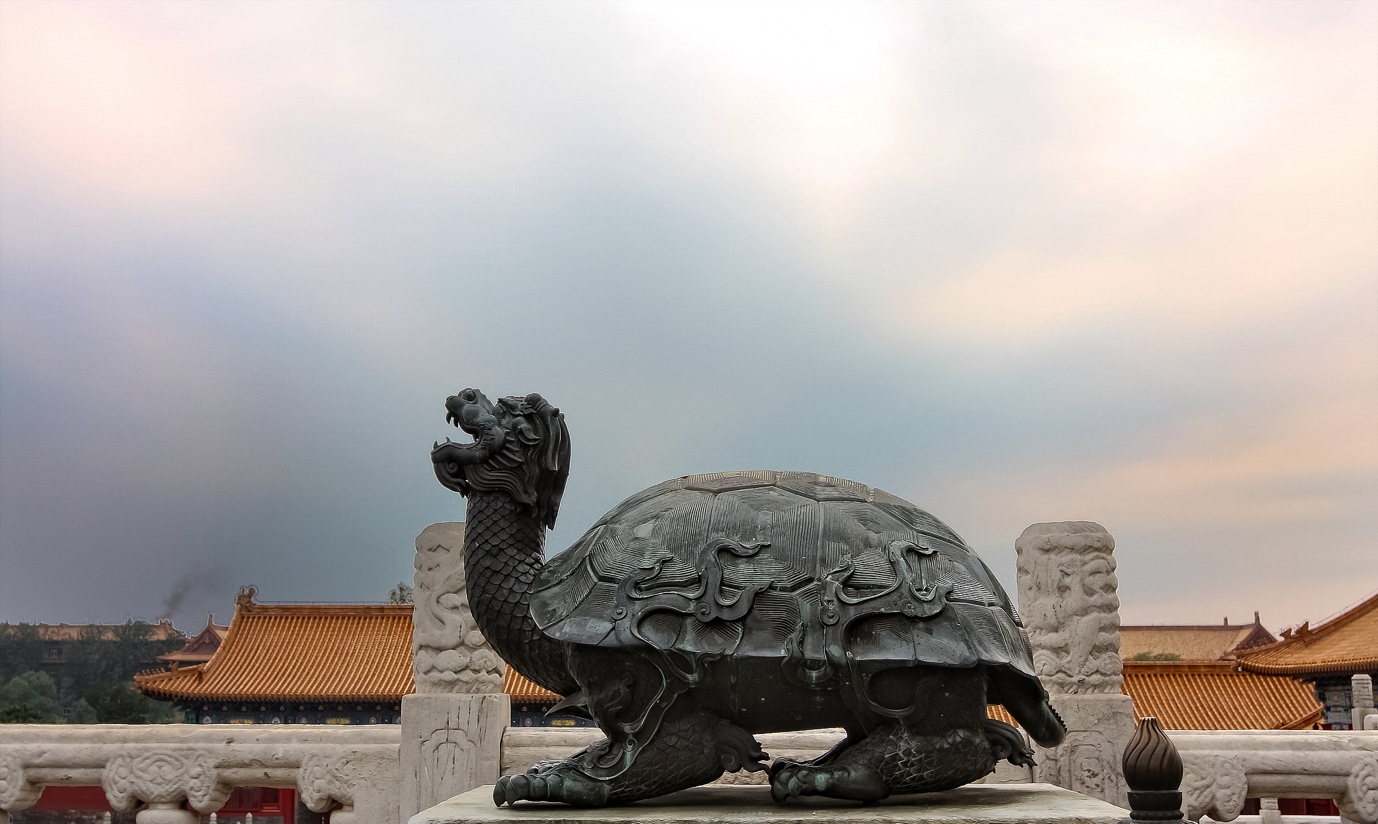
The Chinese dragon turtle is believed to hold all the secrets of heaven and earth and stands for longevity and immortality. /CFP
The Chinese dragon turtle is believed to hold all the secrets of heaven and earth and stands for longevity and immortality. /CFP
Fenghuang – the Chinese phoenix
The Chinese phoenix is known as the master of all feathered animals. It appears when a good ruler is in power. During the imperial era, the phoenix often featured in art along with the Chinese dragon. In this combination, the dragon is believed to represent the emperor and the phoenix, the empress.
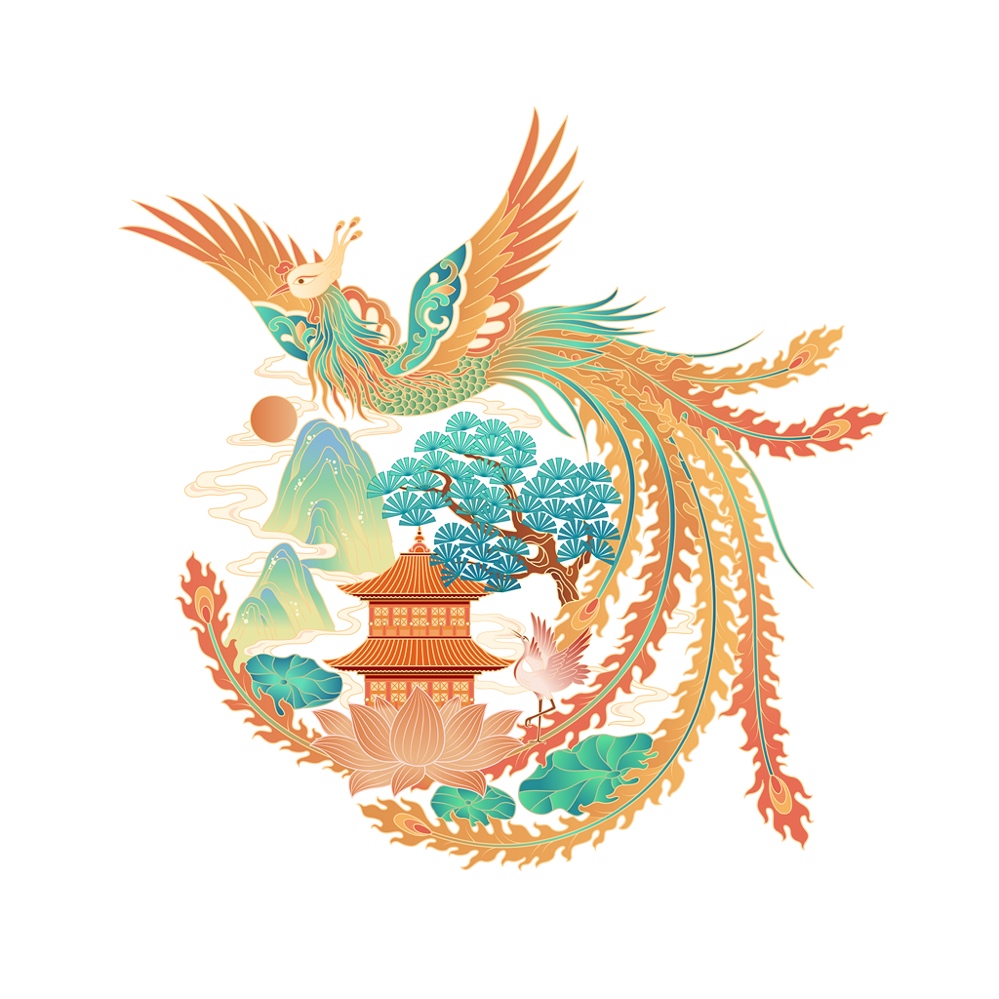
The Chinese phoenix is considered an immortal bird in Chinese mythology, whose rare appearances are believed to be a good omen. /CFP
The Chinese phoenix is considered an immortal bird in Chinese mythology, whose rare appearances are believed to be a good omen. /CFP
For more fascinating tales from China, follow us on @cgtntravelogue on Facebook and Instagram.

